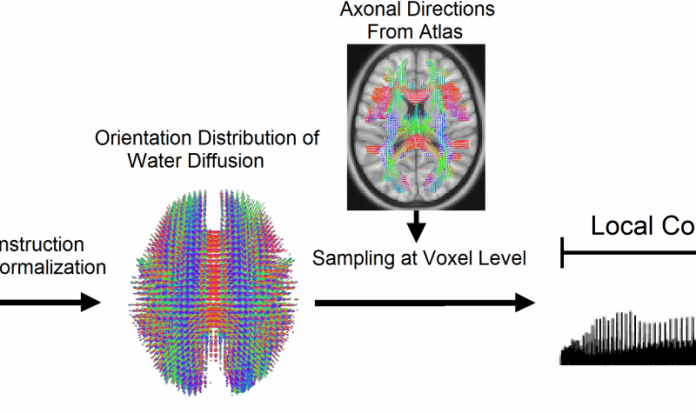On average, each individual’s brain are slightly different in structure. It consists of different structural connections. Although, there is huge variability. Similarly, the network structural connections in the brain known as ‘connectome’ the complex but organized system of wires are unique to every person.
To confirm this, scientists from the Carnegie Mellon University have developed a new tool to fingerprint the human brain. Developing a way to fingerprint the human brain is one of the many brain research breakthroughs to happen at Carnegie Mellon.
Scientists used non-invasive diffusion MRI (Magnetic resource Imaging) technique to design the brain’s structural connections. By this, they could detect a person based on this brain “fingerprint” with nearly perfect accuracy. And thus, scientists concluded the distinctiveness of brain changes over time. The impact of this the factors such as disease, environment, and different experiences impact the brain.
Previous conventional MRI approach only determines the integrity of a single structural connection or a white matter fiber. But this new non-invasive diffusion MRI approach captures the brain’s structural connections at a much closer level than ever before. It measures the integrity of each segment of the brain’s biological wires, making it much more sensitive to unique patterns.
During the study, scientists used MRI to calculate the local connectome of 699 brains from five data sets. The measurement shows the local connectome is highly unique to an individual. It also used as a personal marker for human identity. After that to fingerprint the human brain, they analyzed data from MRI. They then regenerate it to calculate the distribution of water diffusion along the cerebral white matter’s fibers.
To check the singularity, scientists took more than 17,000 identification tests. With about 100% accuracy, they were able to tell whether two local connectomes, or brain fingerprints, came from the same person or not.
Professor Fang-Cheng (Frank) Yeh, said, “The most exciting part is that we can apply this new method to existing data and reveal new information that is already sitting there unexplored. The higher specificity allows us to reliably study how genetic and environmental factors shape the human brain over time. Thus, this may open a gate to understand how the human brain functions or dysfunctions.”
Scientists also found that the identical twins only share about 12% of structural connectivity. Their brain’s connectome is sculpted over time and it changes about 13 percent every 100 days.
Professor Timothy Verstynen said, “This confirms something that we’ve always assumed in neuroscience. The connectivity patterns in your brain are unique to you. This means, many of your life experiences are somehow reflects in the connectivity of your brain. Thus we can start to look at how shared experiences, for example, poverty or people who have the same pathological disease, does reflect in your brain connections. This may open the door for potential new medical biomarkers for certain health concerns.“
